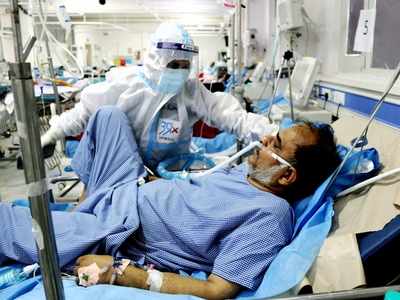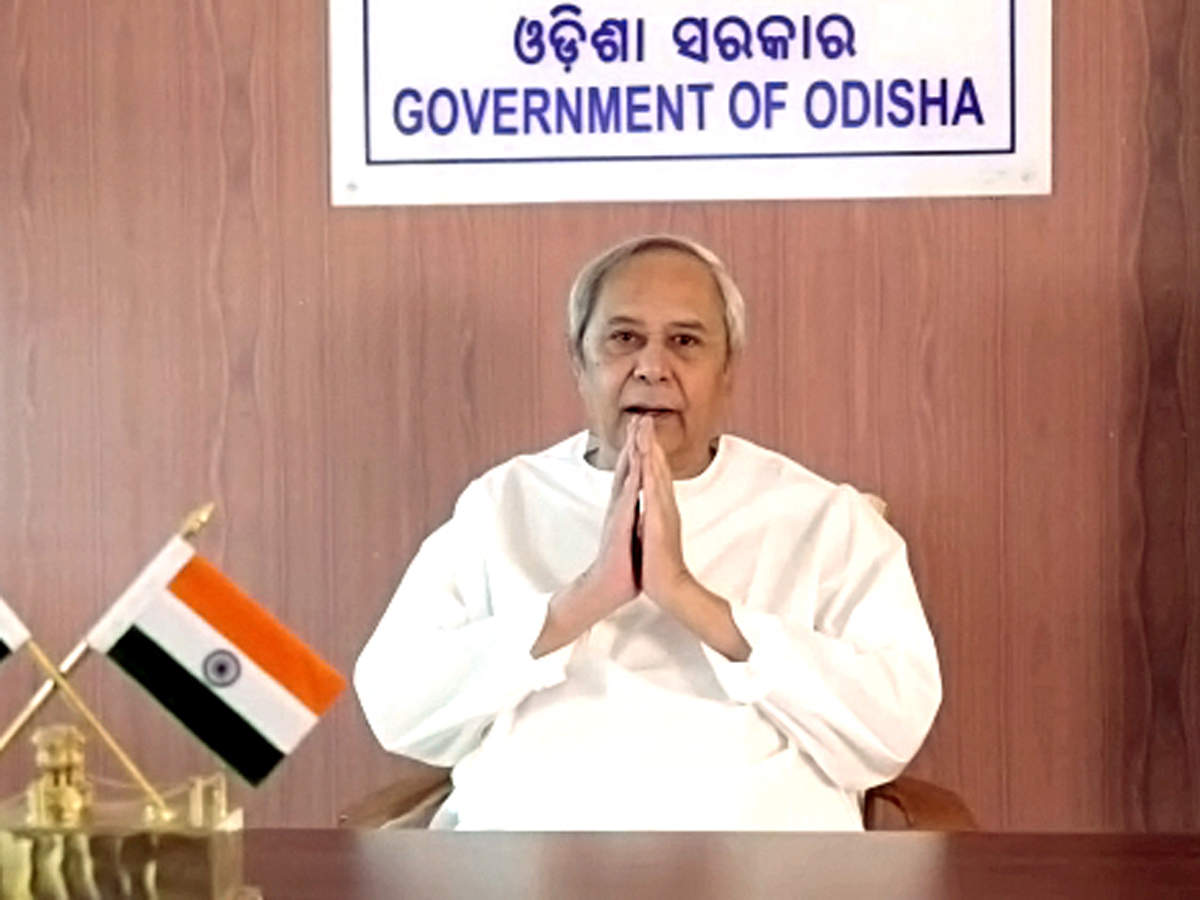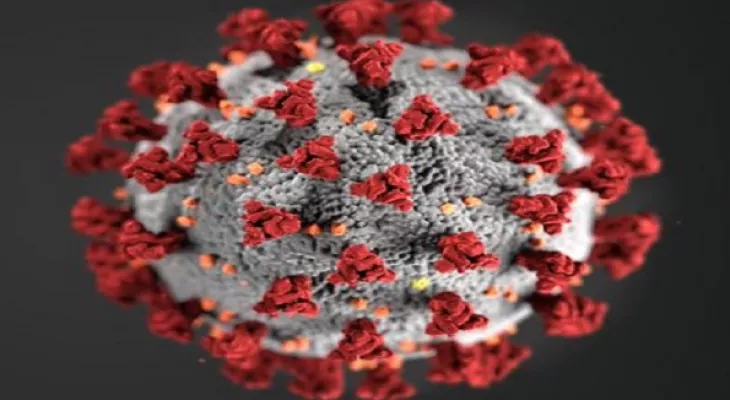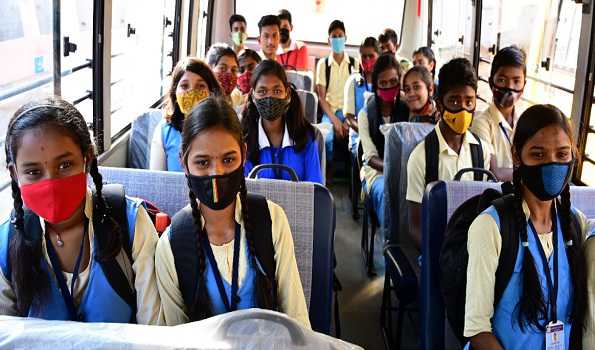
Kolkata, Feb 22 : Although the number of infections in the country is consistently declining, a deadline cannot be given as to when the Covid19 pandemic will become endemic. It will depend on the number of susceptible people in the population, vaccination rates, and emergence of new variants that can evade the immune response, Dr Naresh Purohit, Visiting Professor at Kolkata-based West Bengal University of Health Sciences, School of Public Health, told UNI on Tuesday after addressing a webinar on “Is India getting to the Endemic stage of Covid-l9 pandemic ?” It was organised by the Kolkata based Indian Institute of Management that infection becomes endemic when the rates become static in a given geographical location, meaning that the pathogen causing the disease SARS-CoV-2, in this case, is likely to remain in circulation without causing large outbreaks as witnessed over the last two years.
Noted Epidemiologist Dr Purohit said endemic means that the virus will continue circulating in the population and there will be periodic ups and downs when the conditions are favourable to the virus and less favourable to humans. Quoting the example of viral flu, he averred that cases of flu which goes up in the winters and when the season is changing because of lower immunity in people or dengue which goes up after monsoons because of the availability of vectors. Covid-19 also may become seasonal and cause disease in the vulnerable. He said an important determinant for whether we can “technically” say that the disease is endemic would be a representative sero-survey (population-level survey of antibodies against SARS-CoV-2) and laboratory susceptibility studies.
Dr Purohit averred that the disease is endemic only after we see that a majority of the people have immunity against the infection either through previous exposure or vaccination. He added that if a representative sero-survey shows over 90 per cent positivity, we can assume that it has become endemic but we also need to see whether these antibodies can effectively protect against the current variants. Citing his recent scientific report in the International Journal of Medical Science and Public Health, Dr Purohit said a disease becoming endemic does not mean it is harmless. A disease can be endemic and both widespread and deadly.
Malaria killed more than 600,000 people in 2020. Ten million fell ill with tuberculosis that same year and 1.5 million died. He explained that endemic certainly does not mean that evolution has somehow tamed a pathogen so that life simply returns to normal. He added, “Nor does it suggest guaranteed stability: there can still be disruptive waves from endemic infections, as seen with the US measles outbreak in 2019.” Experts in the webinar said, ” The best way to find new variants, was to first, conduct a general survey; sequence probably 1% or 2% of the positive cases. Second, wherever there are more cases from an area, we should sequence immediately. Third, we need to keep a very close eye on hospitalised cases. They said the sample of any person admitted to the hospital with positive Covid-19 should be certainly sequenced.
” Experts added, ” We need to maintain high levels of testing and ensure that the cases get reported.Testing is quite less in smaller cities and villages and with home testing becoming available in metro cities people are not reporting if they test positive. ” They pointed out that testing can tell healthcare personnel whether infections are going up or down. They insisted on good genomic surveillance.






